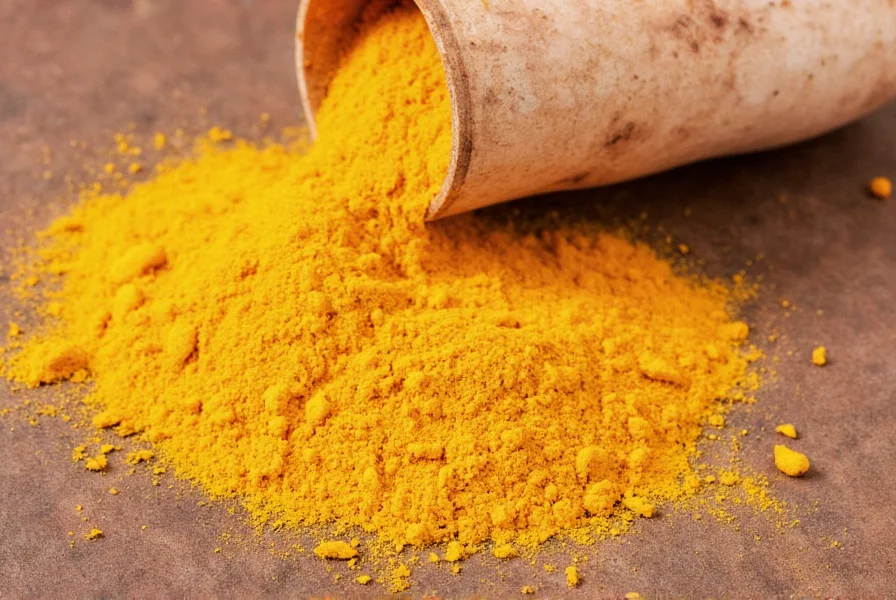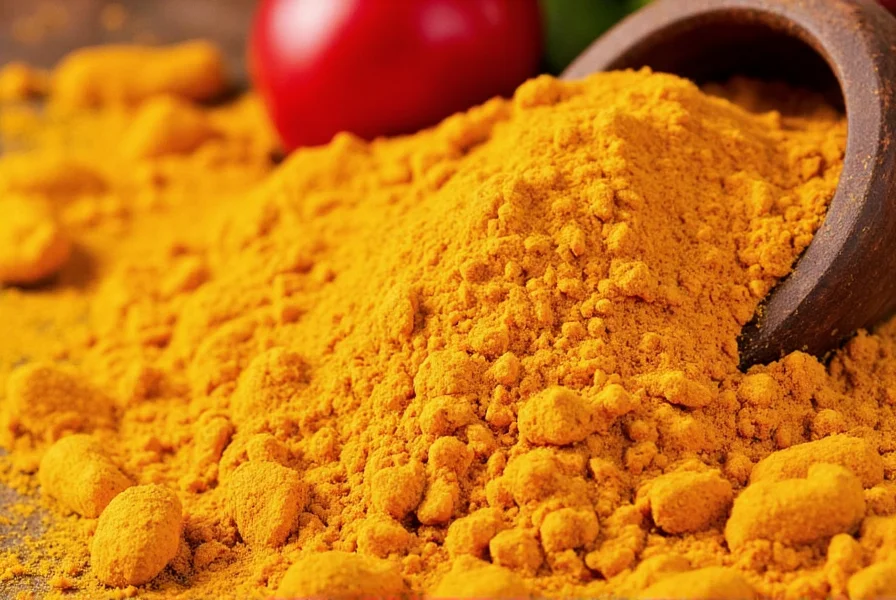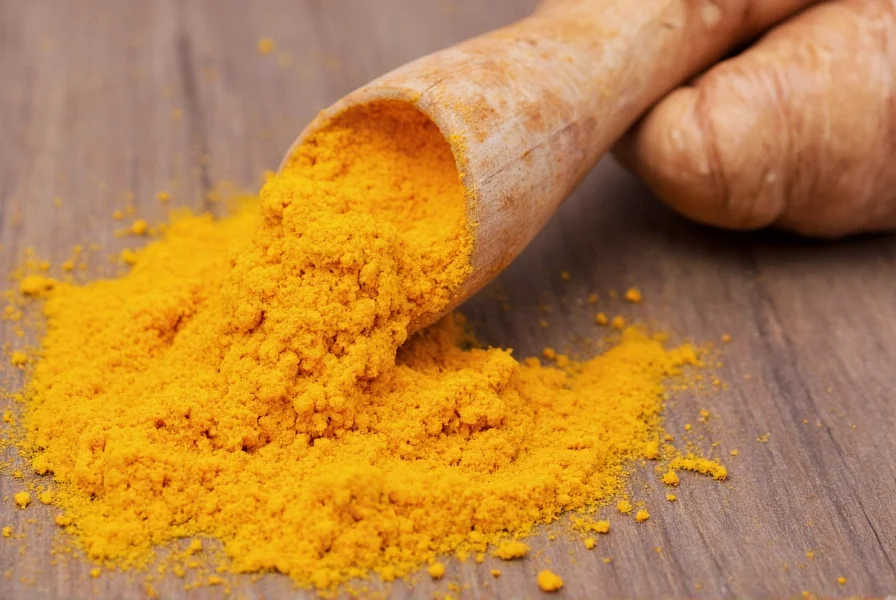Curcumin, the active compound in turmeric, offers impressive health benefits but has notoriously poor bioavailability when consumed alone. Understanding how to eat turmeric properly transforms this ancient spice from a simple kitchen ingredient into a powerful wellness tool. This guide reveals science-backed methods to maximize turmeric's potential through strategic consumption techniques.
Why Turmeric Absorption Matters
Turmeric contains only about 3% curcumin by weight, and this valuable compound faces significant challenges in the body. Curcumin has low solubility in water and gets rapidly metabolized and eliminated. Research shows that without enhancement strategies, most curcumin passes through your system without being absorbed. This explains why traditional Ayurvedic and Chinese medicine practices always combine turmeric with specific companion ingredients.
Proven Methods for Eating Turmeric
1. Turmeric with Black Pepper
Piperine, the active component in black pepper, inhibits enzymes that break down curcumin in the liver and intestinal wall. Studies demonstrate that adding just 20mg of piperine (about 1/4 teaspoon of black pepper) to turmeric increases curcumin bioavailability by 2,000%. This simple pairing represents the single most effective strategy for eating turmeric.

2. Turmeric with Healthy Fats
Curcumin is fat-soluble, meaning it dissolves in fats rather than water. Consuming turmeric with healthy fats significantly improves absorption. Effective options include:
| Fat Source | Recommended Amount | Additional Benefits |
|---|---|---|
| Coconut oil | 1-2 teaspoons | Medium-chain triglycerides support metabolism |
| Olive oil | 1-2 teaspoons | Antioxidants enhance overall absorption |
| Avocado | 1/4 fruit | Fiber slows digestion for extended absorption |
| Nut butters | 1 tablespoon | Protein helps stabilize blood levels |
3. Heat-Activated Turmeric
Gentle heating improves curcumin solubility. When adding turmeric to liquids, warm them to about 160°F (70°C) but avoid boiling, which can degrade curcumin. For cooking applications, add turmeric early in the process to allow time for activation without excessive heat exposure.
Daily Turmeric Consumption Guidelines
For general wellness, research supports these daily amounts:
- Turmeric powder: 1/2 to 1 teaspoon (1-3 grams)
- Fresh turmeric root: 1 to 3 inches (3-9 grams)
- Standardized curcumin extract: 400-600mg (follow product instructions)
Always start with lower amounts to assess tolerance. Divide larger doses throughout the day rather than consuming all at once for more consistent blood levels. The optimal time to eat turmeric is with meals containing fats to enhance absorption.
Practical Ways to Eat Turmeric Daily
Golden Milk Recipe
This traditional Ayurvedic beverage combines multiple absorption-enhancing techniques:
- 1 cup unsweetened almond or coconut milk
- 1/2 teaspoon turmeric powder
- 1/4 teaspoon black pepper
- 1 teaspoon coconut oil
- Optional: cinnamon, ginger, or honey to taste
Warm ingredients gently (do not boil), whisk until smooth, and enjoy before bed or with breakfast.

Simple Turmeric Additions
Incorporate turmeric into your existing routine with these easy methods:
- Stir into scrambled eggs or tofu scramble
- Add to salad dressings with olive oil and lemon
- Mix into hummus or bean dips
- Blend into smoothies with banana and almond butter
- Sprinkle on roasted vegetables with olive oil
Safety Considerations When Eating Turmeric
Turmeric is generally safe at culinary doses, but consider these precautions:
- High doses may interact with blood thinners and diabetes medications
- May cause digestive upset in sensitive individuals
- Avoid if you have gallbladder issues or bile duct obstruction
- Pregnant women should stick to food amounts, not supplements
- Discontinue use two weeks before surgery due to potential bleeding risk
Common Mistakes to Avoid
Many people waste turmeric's potential by making these errors:
- Consuming turmeric without black pepper
- Taking turmeric on an empty stomach
- Using expired or low-quality turmeric
- Expecting immediate results (consistency matters)
- Overheating turmeric in cooking
Choosing Quality Turmeric
Not all turmeric delivers equal benefits. Look for:
- Organic certification to avoid pesticide residues
- Bright orange-yellow color (dull yellow indicates age)
- Pungent, earthy aroma
- Powder that doesn't immediately dissolve in water
- Third-party testing for curcumin content and purity











 浙公网安备
33010002000092号
浙公网安备
33010002000092号 浙B2-20120091-4
浙B2-20120091-4